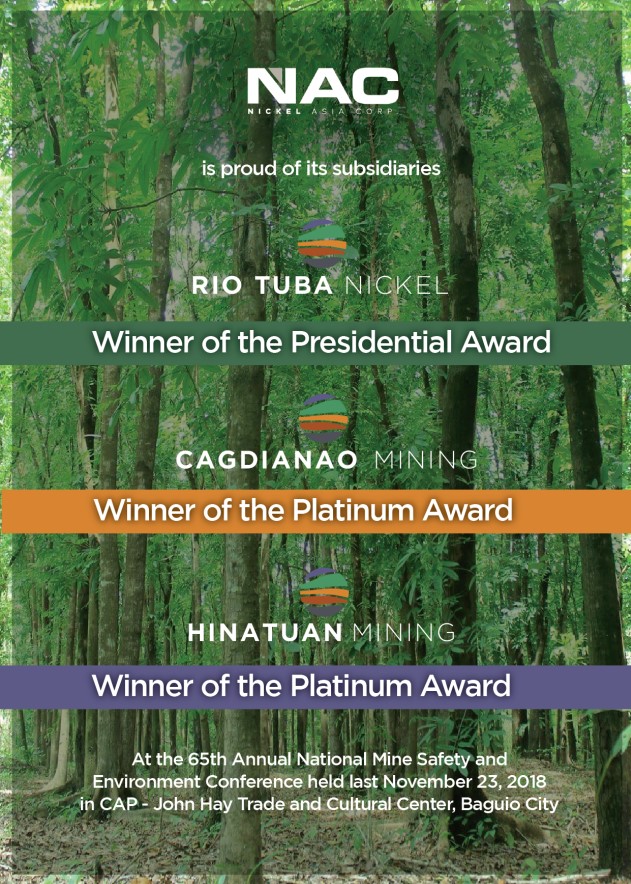The mighty kauri tree
By Leonardo Micua
AUCKLAND, New Zealand—The immigration document for our entry to New Zealand, which we filled up in the plane on our way here, contained a question on whether the visitor had travelled to a forest before coming to the country.
If we had answered yes, we would have been required at the airport to remove and cleanse our shoes before stepping out into the country.
And that would have been for the sake of the giant kauri tree, a national icon for New Zealanders and a treasure, or Taonga, of great significance to the Maoris.
The kauri tree is under threat of extinction, not because of illegal logging as the usual case is in the Philippines, but due to a deadly disease called kauri dieback, a fungus-like disease that is specific to kauri and can kill trees of all ages and sizes.
Also known as hytophthora taxon Agathis, it is spread mainly through soil movement and within soil on equipment such as foot wear, machinery and mountain bikes.
KAURI STANDING
Scientists have yet to find a cure for the disease and so they, along with conservationists, have been undertaking an extensive campaign, especially among tourists, to help save the trees with the slogan “Keep Kauri Standing”.
Kauri trees are among the mightiest trees in the world growing to a height of more than 50 meters with a trunk girth of up to 16 meters and can live for more than 2,000 years.
Kauri forests once covered 1.2 million hectares from the far north to the Te Kauri near Kawhia and were reported already in abundance when the first people arrived in the country around 1,000 years ago.
Kauris are interesting species as in their adolescent years, they have straight pole trunks and a distinctive narrow conical crown, then as they mature, the trunks thicken and their lower branches are shed, resulting in a clean straight trunk.
The arrival of European settlers in the 1700s to 1800s saw the decimation of these magnificent forests as sailors found the trunks of young kauri ideal for ship masts and spars.
The settlers who followed them cut down the mature trees to yield huge quantities of sawn lumber of unsurpassed quality.
Further, the gum extracted from the tree is the same as the oleoresin from pine trees, an essential element for the manufacture of varnishes and other resin-made products.







